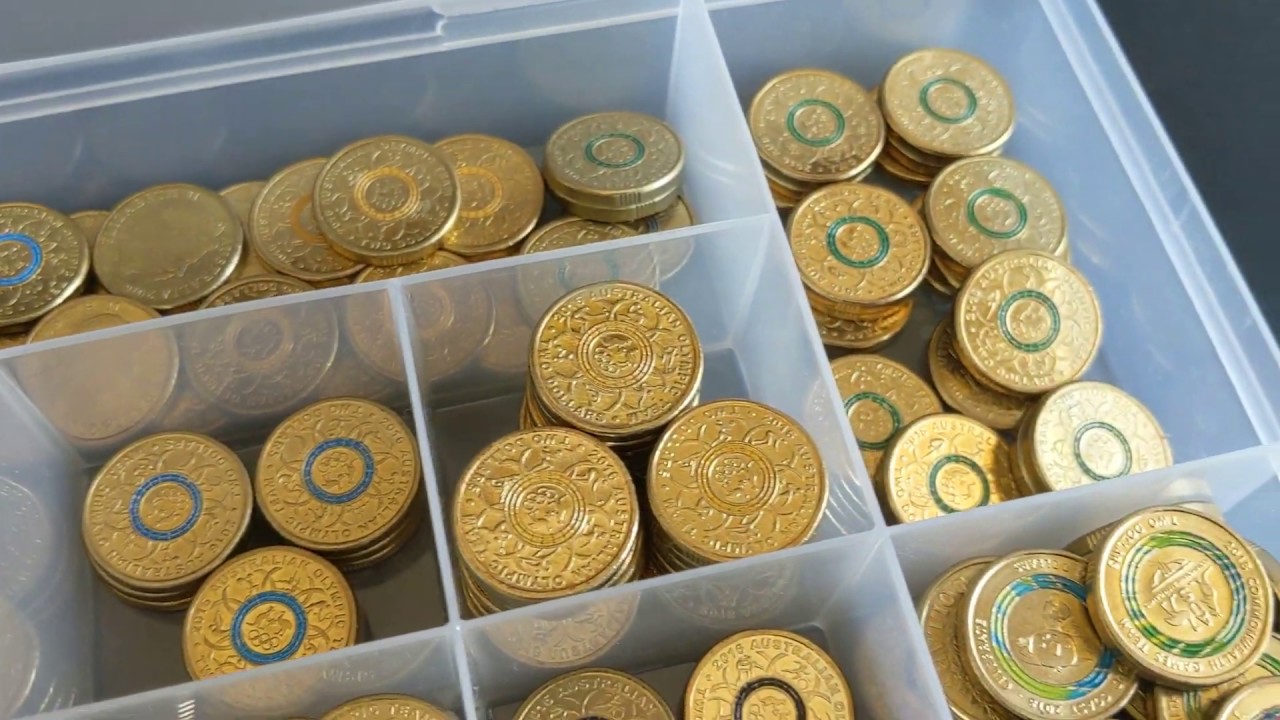

Articles
How To Store A Coin Collection
Modified: August 27, 2024
Learn expert tips and techniques for storing your coin collection safely and securely. Our informative articles cover everything you need to know for proper coin storage.
(Many of the links in this article redirect to a specific reviewed product. Your purchase of these products through affiliate links helps to generate commission for Storables.com, at no extra cost. Learn more)
Introduction
Collecting coins can be a fascinating and rewarding hobby. Whether you are an experienced numismatist or just starting out, properly storing your coin collection is crucial to preserving its value and ensuring its longevity. A well-maintained collection not only protects the coins from damage but also allows for easy organization and display.
In this article, we will guide you through the step-by-step process of storing a coin collection. From gathering the necessary materials to properly handling and documenting the coins, we will provide you with valuable tips and insights to help you maintain and protect your precious collection.
Before diving into the storage process, it is important to note that each coin should be treated with care and respect. Coins can be delicate and susceptible to tarnishing, scratching, and other forms of damage. By following the right procedures and utilizing the appropriate storage supplies, you can ensure that your coin collection remains in pristine condition for years to come.
So, let’s delve into the world of coin storage and discover how to safeguard your valuable collection.
Key Takeaways:
- Safeguard your coin collection by gathering the right materials, organizing coins systematically, and choosing appropriate storage supplies. Proper handling, documentation, and safe storage are key to preserving their value and beauty.
- Maintain the longevity and appeal of your coin collection through regular monitoring, careful handling, and staying informed about market trends. Enjoy the journey of numismatics and ensure your precious coins bring joy for years to come.
Read more: How To Organize A Coin Collection
Step 1: Gather Materials
Before you begin organizing and storing your coin collection, it is important to gather the necessary materials. Here are some essential items you will need:
- Coin albums or folders: These are specially designed to hold and protect coins. Albums often have clear plastic pockets or slides to securely hold each coin.
- Coin holders: If you prefer to store individual coins, you can use plastic or cardboard holders. These holders provide a protective barrier and allow for easy handling and display.
- Coin tubes: These cylindrical containers are ideal for storing larger quantities of coins of the same denomination. Coin tubes often have screw-on caps to ensure a secure seal.
- Cotton gloves: To prevent oils and dirt from transferring onto the coins, it is recommended to wear clean cotton gloves when handling them. This helps avoid potential damage and preserves their condition.
- Magnifying glass: A magnifying glass with a good level of magnification can be useful for examining coins closely and identifying any distinguishing features or imperfections.
- Soft cleaning cloth: A lint-free and non-abrasive cloth can be used to gently clean the coins and remove any dust or dirt.
- Notebook and pen: It’s important to have a notebook and pen handy for documenting relevant information about each coin, such as its date, mint mark, and condition.
By gathering these materials beforehand, you will have everything you need to safely and effectively store your coin collection. It’s always a good idea to invest in high-quality storage supplies to ensure the best protection for your valuable coins.
Step 2: Organize the Coins
Once you have gathered the necessary materials, it’s time to organize your coin collection. Proper organization allows for easy access, efficient inventory management, and a visually appealing display. Here’s how you can effectively organize your coins:
- Sort by country: Start by sorting your coins based on their country of origin. Create separate piles or sections for coins from different countries.
- Sort by denomination: Within each country, further organize the coins by denomination. Arrange them in ascending order, grouping together coins of the same value.
- Sort by time period: If you have a diverse collection with coins spanning different time periods, you can also consider organizing them chronologically. This will provide a clear historical perspective.
- Consider themes or series: Another way to organize your coins is by themes or series. For example, if you have coins depicting famous landmarks or wildlife, you can group them together for a visually cohesive display.
By organizing your coins in a systematic manner, you’ll have a better understanding of your collection and be able to easily locate specific coins when needed. It also adds a sense of structure and aesthetics to your display.
Remember to handle the coins with clean hands or gloves to avoid leaving fingerprints or transferring oils onto them. If you have uncirculated coins, be extra cautious as they are particularly susceptible to damage from improper handling.
Once you have organized your coins, you can move on to the next step: choosing appropriate storage supplies.
Step 3: Choose Appropriate Storage Supplies
Selecting the right storage supplies is essential for protecting your coin collection from damage and deterioration. Here are some options to consider:
- Coin Albums: Coin albums are a popular choice for storing and displaying a collection. They typically consist of sturdy cardboard or leather-bound covers with clear plastic pages that securely hold individual coins. Coin albums allow you to easily flip through the pages and view your coins without handling them directly. Make sure to choose albums that are specifically designed for the size and type of coins you have.
- Coin Folders: Similar to coin albums, coin folders are made of heavy-duty paper or cardboard and have labeled slots for specific coin denominations or series. Coin folders are a more affordable option and provide a compact and organized way to store your coins. However, they offer less protection compared to albums.
- Coin Holders: If you prefer to keep your coins individually protected, coin holders are a good choice. They come in various materials such as plastic flips or cardboard holders. Plastic flips are transparent with a pocket to hold the coin and can be sealed to provide an airtight barrier. Cardboard holders are typically used for more valuable or delicate coins and offer a sturdy and protective casing.
- Coin Tubes: Coin tubes are cylindrical containers made of plastic or other durable materials. They are ideal for storing large quantities of coins, especially those of the same denomination. Coin tubes usually have a screw-on cap that ensures a secure seal and protects the coins from dust and moisture.
When selecting storage supplies, ensure that they are made from archival-grade materials that are free of chemicals that could harm the coins. It’s also important to choose supplies that fit the size and shape of your coins to prevent any unnecessary movement or damage.
Remember to handle the coins with care when placing them in the storage supplies, and always use clean, non-abrasive gloves to minimize the risk of leaving finger oils or causing scratches.
Now that you have chosen the appropriate storage supplies, you can proceed to the next step: cleaning and preparing the storage area.
Step 4: Clean and Prepare the Storage Area
Before you start storing your coin collection, it is important to clean and prepare the storage area to ensure optimal conditions for preserving the coins. Here are some steps to follow:
- Clean the Storage Area: Begin by cleaning the area where you plan to store your coins. Remove any dust, debris, or potential contaminants that could affect the condition of your collection. Use a soft and lint-free cloth to wipe down surfaces and ensure they are clean and dry.
- Control the Environment: Maintain a stable and suitable environment for your coin collection. Ideally, the storage area should be cool, dry, and free from extreme temperature and humidity fluctuations. Exposure to excess moisture can lead to corrosion and tarnishing, while high temperatures can cause damage to the coins. Consider utilizing dehumidifiers or moisture-absorbing products in areas where humidity is a concern.
- Avoid Exposure to Light: Protect your coins from prolonged exposure to direct sunlight or artificial light sources. UV radiation can cause fading and discoloration over time. Choose a storage area that is relatively dark or use UV-resistant display cases if you plan to showcase your collection.
- Keep Away from Chemicals: Ensure that the storage area is free from chemicals or substances that could potentially harm the coins. These can include cleaning agents, paints, adhesives, or even certain types of wood that may release harmful vapors. Use inert materials, such as acid-free storage boxes or cabinets, to minimize the risk of chemical reactions.
- Control Access and Security: Consider implementing security measures to protect your coin collection from theft or unauthorized handling. Install locks on storage cabinets or use secure vaults if necessary. Additionally, it is wise to keep a record of your coin collection’s details, including photographs and serial numbers, as a precaution against loss or damage.
By cleaning and preparing the storage area, you create a safe and optimal environment for your coin collection. This ensures that your coins are protected from external factors that could potentially degrade their condition.
Once you have cleaned and prepared the storage area, you can move on to the next step: handling the coins properly to minimize the risk of damage.
Read more: How To Store Old Coins
Step 5: Handle Coins Properly
Handling coins with care is crucial to preserving their condition and preventing damage. Improper handling can lead to scratches, tarnishing, and other forms of degradation. Follow these guidelines to handle your coins properly:
- Wear Clean Gloves: Before touching your coins, always make sure your hands are clean and dry. To minimize the risk of leaving fingerprints or transferring oils onto the coins, it is best to wear clean cotton gloves. Gloves provide an added layer of protection and help maintain the coins’ pristine condition.
- Avoid Direct Contact: Whenever possible, avoid touching the surface of the coin. Hold the coin by its edges or use handling tools such as tweezers or coin tongs specifically designed for numismatic purposes. This reduces the risk of causing accidental damage or introducing contaminants to the coin’s surface.
- Minimize Movement: Limit excessive movement of the coins during handling. Unnecessary shaking or flipping can increase the chance of scratches or abrasions. When transferring coins between storage supplies or examining them closely, do so in a slow and controlled manner to avoid accidents.
- Avoid Harsh Cleaning Methods: Avoid using harsh cleaning agents, chemicals, or abrasive materials to clean your coins. These can cause irreversible damage to the surface or remove valuable patina. If cleaning is necessary, opt for gentle methods such as using distilled water or commercially available coin cleaning solutions specifically designed for numismatic purposes.
- Store Properly After Handling: After handling a coin, ensure that it is properly placed back into its designated storage supply. Avoid placing coins on unprotected surfaces or leaving them exposed to the environment for prolonged periods. Return the coin to its protective holder or album promptly to maintain its condition.
By handling coins with care and employing proper techniques, you reduce the risk of physical damage and help preserve their value. Remember, even small scratches or mishandling can significantly impact a coin’s overall condition and desirability among collectors.
Now that you know how to handle your coins appropriately, it’s time to proceed to the next step: determining the value and rarity of your coins.
Store your coin collection in a cool, dry place away from direct sunlight to prevent damage from moisture and oxidation. Use acid-free holders or albums to protect the coins from scratches and tarnishing.
Step 6: Determine the Value and Rarity of Coins
Assessing the value and rarity of your coins is an essential step in understanding their significance and potential worth. This knowledge allows you to make informed decisions regarding the storage, display, and potential sale of your collection. Here’s how you can determine the value and rarity of your coins:
- Research Reference Materials: Start by acquiring reference books or online resources that specialize in coin identification and valuation. These resources provide detailed information about different coin types, mint marks, years of issue, and their corresponding values. Consult reputable sources to ensure accurate and up-to-date information.
- Examine Coin Grading: Familiarize yourself with the concept of coin grading, which evaluates the condition or state of preservation of a coin. A coin’s grade significantly affects its value. Learn about various grading scales, such as the Sheldon Scale for U.S. coins or the international grading standards used for coins from other countries.
- Consult with Experts: If you have particularly rare or valuable coins, it may be beneficial to seek the opinion of professional coin appraisers or numismatists. These experts possess in-depth knowledge of the market, historical context, and potential rarity of specific coins. Their expertise can provide valuable insights into the value and rarity of your collection.
- Utilize Online Valuation Tools: Online platforms and websites dedicated to coin collecting often offer valuation tools and price guides. These tools can give you a rough estimate of the value of your coins based on their condition, rarity, and market demand. However, keep in mind that these valuations may not always be 100% accurate and should be used as a starting point for further research.
- Consider Market Demand and Trends: Keep track of current coin market trends and demand for specific coins or series. Factors such as historical significance, cultural relevance, and collector preferences can influence the value and rarity of coins. Stay informed about news, auctions, and sales to gain insights into market dynamics.
By researching, consulting experts, and utilizing available resources, you can obtain a clearer understanding of the value and rarity of your coins. Remember, the value of a coin can fluctuate due to market conditions and changes in collector preferences, so it’s important to periodically reassess your collection.
Now that you have determined the value and rarity of your coins, it’s time to move on to the next step: labeling and documenting your collection.
Step 7: Label and Document the Collection
Labeling and documenting your coin collection is essential for keeping track of the coins you own, their historical context, and their individual characteristics. Proper documentation allows you to maintain an inventory of your collection and enhance its overall organization. Here’s how you can label and document your coins:
- Labeling Storage Supplies: Ensure that each storage supply, whether it’s a coin album, folder, holder, or tube, is properly labeled. This helps you quickly identify the contents and makes it easier to locate specific coins within your collection.
- Record Basic Coin Information: Create a catalog or inventory sheet where you can record important details about each coin. This may include the country of origin, denomination, year of issue, mint mark, and any distinguishing features. Add a unique identifier or reference number to link each coin to its corresponding entry in your inventory.
- Include Additional Details: Consider including additional information about each coin, such as historical anecdotes, significance, or notes on its condition. This creates a richer and more comprehensive documentation of your collection.
- Take Photographs: Accompanying photographs of your coins can be invaluable for reference and documentation purposes. Capture clear and detailed images of the obverse and reverse sides of each coin, ensuring that any unique features or markings are visible.
- Maintain Digital Copies: It’s a good idea to create digital copies of your inventory, photographs, and any relevant documentation. This provides an additional backup and makes it easier to share information with others, such as appraisers or fellow collectors.
By labeling and documenting your collection, you not only have a better understanding of the coins you own, but you also create a comprehensive record that can be valuable for research, insurance purposes, or future sales.
Now that you have labeled and documented your collection, it’s time to move on to the next step: storing the coin collection safely.
Step 8: Store the Coin Collection Safely
Proper storage is crucial for protecting your coin collection from damage, degradation, and potential loss. Implementing safe storage practices ensures that your coins maintain their condition and value over time. Here’s how you can store your coin collection safely:
- Choose a Secure Location: Select a secure and controlled environment to store your coins. Avoid areas prone to excessive humidity, temperature fluctuations, or direct sunlight. A dedicated storage cabinet, safe, or a safety deposit box can provide the necessary protection for your valuable collection.
- Utilize Protective Storage Supplies: Place your coins in appropriate storage supplies that are specifically designed for numismatic purposes. Whether it’s coin albums, folders, holders, or tubes, ensure they offer a secure and protective barrier against potential damage and contaminants. Use acid-free and archival-grade materials to prevent chemical reactions and degradation.
- Organize and Separate Coins: Arrange your coins in a logical and organized manner within their storage supplies. Avoid overcrowding and ensure there is adequate space between coins to prevent scratching or rubbing. Consider using dividers or separators for added protection and to maintain the coins’ individual integrity.
- Monitor Environmental Factors: Regularly monitor the storage environment for any changes in temperature, humidity, or other factors that can impact the condition of your coins. Use a hygrometer and thermometer to keep track of these measurements. Consider using silica gel packets or other moisture-absorbing agents to maintain a stable humidity level.
- Limit Exposure to Air: Minimize the amount of time your coins spend exposed to air. While handling and viewing the collection is important, prolonged exposure to air can lead to oxidation and corrosion. When not being examined, keep the coins securely stored in their designated storage supplies.
- Implement Security Measures: If you have a particularly valuable coin collection, it’s important to implement additional security measures. This may include installing security systems, using tamper-evident seals on storage containers, and even considering insurance coverage for your collection.
By implementing proper storage techniques, you significantly reduce the risk of damage, deterioration, and loss of your coin collection. Regularly inspect and maintain the storage area to ensure the continued preservation of your valuable coins.
Now that you have stored your coin collection safely, it’s time for the final step: monitoring and maintaining the collection.
Read more: How To Store Gold Coins
Step 9: Monitor and Maintain the Collection
Maintaining and monitoring your coin collection is crucial for its long-term preservation and protection. Regular observation and care help ensure that your coins remain in optimal condition and continue to retain their value. Here are some important steps to follow:
- Regular Inspection: Periodically examine your coin collection to detect any signs of damage, deterioration, or changes in condition. Look for scratches, tarnishing, or discoloration that may indicate potential issues. Catching problems early allows for timely intervention and minimizes further damage.
- Handle with Care: Whenever you interact with your coins, remember to handle them with clean hands or while wearing gloves. Be gentle and use appropriate tools or implements to minimize contact with the coins’ surfaces. Avoid exposing the coins to excessive heat or moisture.
- Clean with Caution: If cleaning becomes necessary due to dirt or surface contaminants, exercise caution. Consult professional resources or seek advice from experts to ensure you use the proper cleaning methods and products suitable for the specific type of coins you have.
- Rotate Displayed Coins: If you have a portion of your collection on display, consider rotating the displayed coins periodically. This helps prevent overexposure to light and reduces the risk of damage caused by prolonged handling or dust accumulation.
- Update Documentation: As your coin collection grows or changes, make sure to update your inventory, add new coins, and remove any sold or acquired pieces. Keep your records and documentation current and well-organized, making it easier to track the history and value of your collection.
- Stay Informed: Stay up-to-date with the latest information and developments in the numismatic world. Engage with the coin collecting community through forums, websites, and publications to learn about new discoveries, research, and market trends. This knowledge will help you make informed decisions about your collection.
- Consider Professional Appraisal: Periodically seek the advice of professional numismatists or coin appraisers to assess the evolving value of your collection. Their expertise and market insights can provide valuable guidance regarding potential upgrades, preservation techniques, and investment opportunities.
By actively monitoring and maintaining your coin collection, you ensure its longevity and protection. Regular attention and care contribute to preserving the value, historical significance, and beauty of your precious coins.
Congratulations! By following these steps, you are well on your way to properly storing and maintaining your coin collection. Remember to enjoy the journey and the fascinating world of numismatics. Happy collecting!
Conclusion
Properly storing and maintaining your coin collection is essential for preserving its value, historical significance, and overall appeal. By following the steps outlined in this guide, you can ensure that your coins remain in optimal condition and bring you joy for years to come. Here’s a recap of the key steps to storing a coin collection:
- Gather the necessary materials, including coin albums, holders, gloves, and cleaning supplies.
- Organize your coins by country, denomination, time period, or theme to facilitate easy access and visual appeal.
- Choose appropriate storage supplies that offer protection and fit the size and type of your coins.
- Clean and prepare the storage area, controlling environmental factors to prevent damage.
- Handle the coins properly, using gloves and avoiding direct contact or excessive movement.
- Determine the value and rarity of your coins through research, consultation with experts, and utilizing online valuation tools.
- Label and document your collection, creating an inventory and recording important details and photographs.
- Store your coin collection safely in a secure location, utilizing protective storage supplies and implementing security measures.
- Monitor and maintain your collection by regularly inspecting, handling with care, and updating documentation.
Remember, collecting coins is not just about amassing valuable pieces, but also about the joy and knowledge it brings. By taking proper care of your collection, you preserve its beauty, historical significance, and potential investment value.
So embrace this exciting hobby, immerse yourself in the world of numismatics, and explore the wonders that your coin collection has to offer. Happy collecting!
Frequently Asked Questions about How To Store A Coin Collection
Was this page helpful?
At Storables.com, we guarantee accurate and reliable information. Our content, validated by Expert Board Contributors, is crafted following stringent Editorial Policies. We're committed to providing you with well-researched, expert-backed insights for all your informational needs.
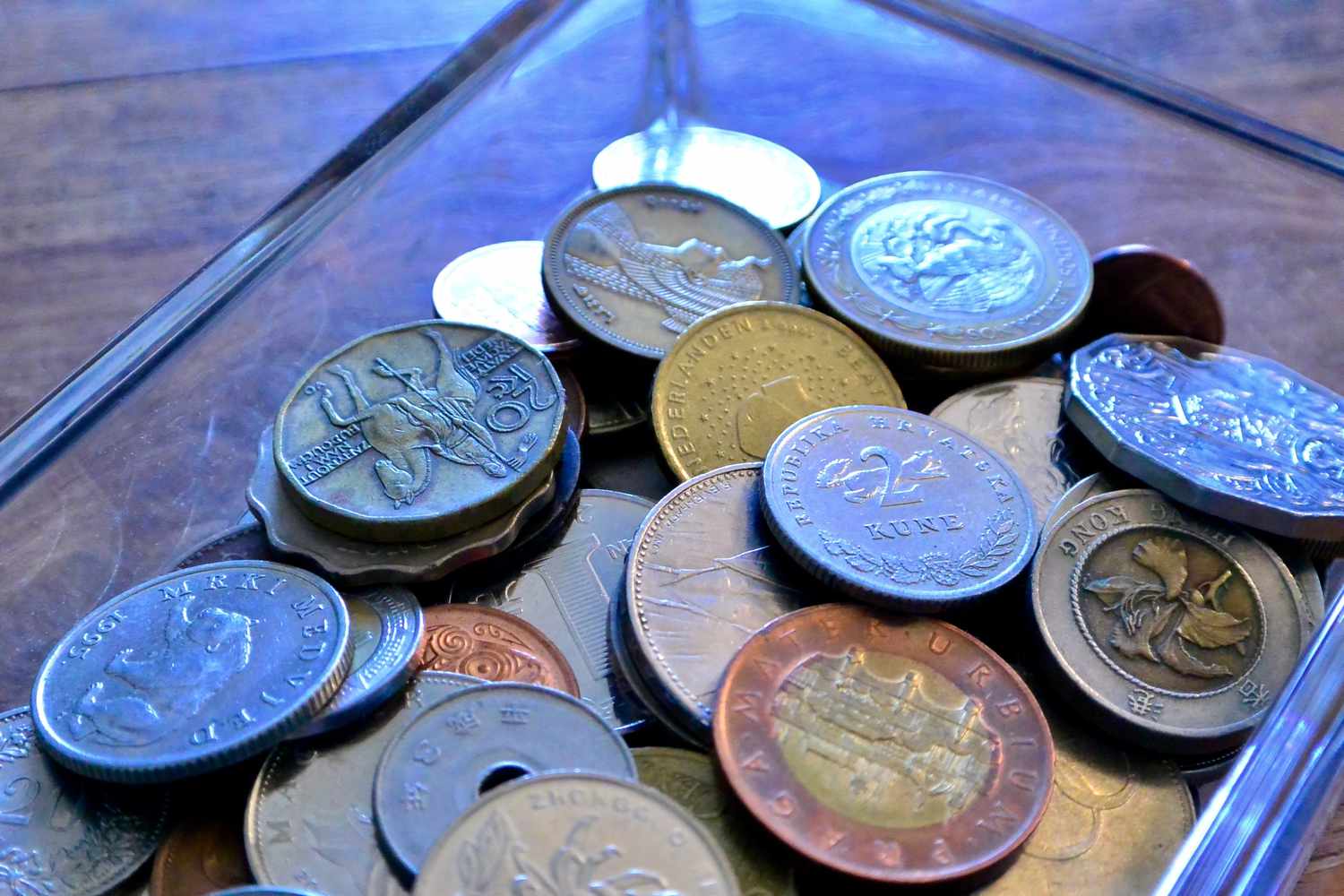
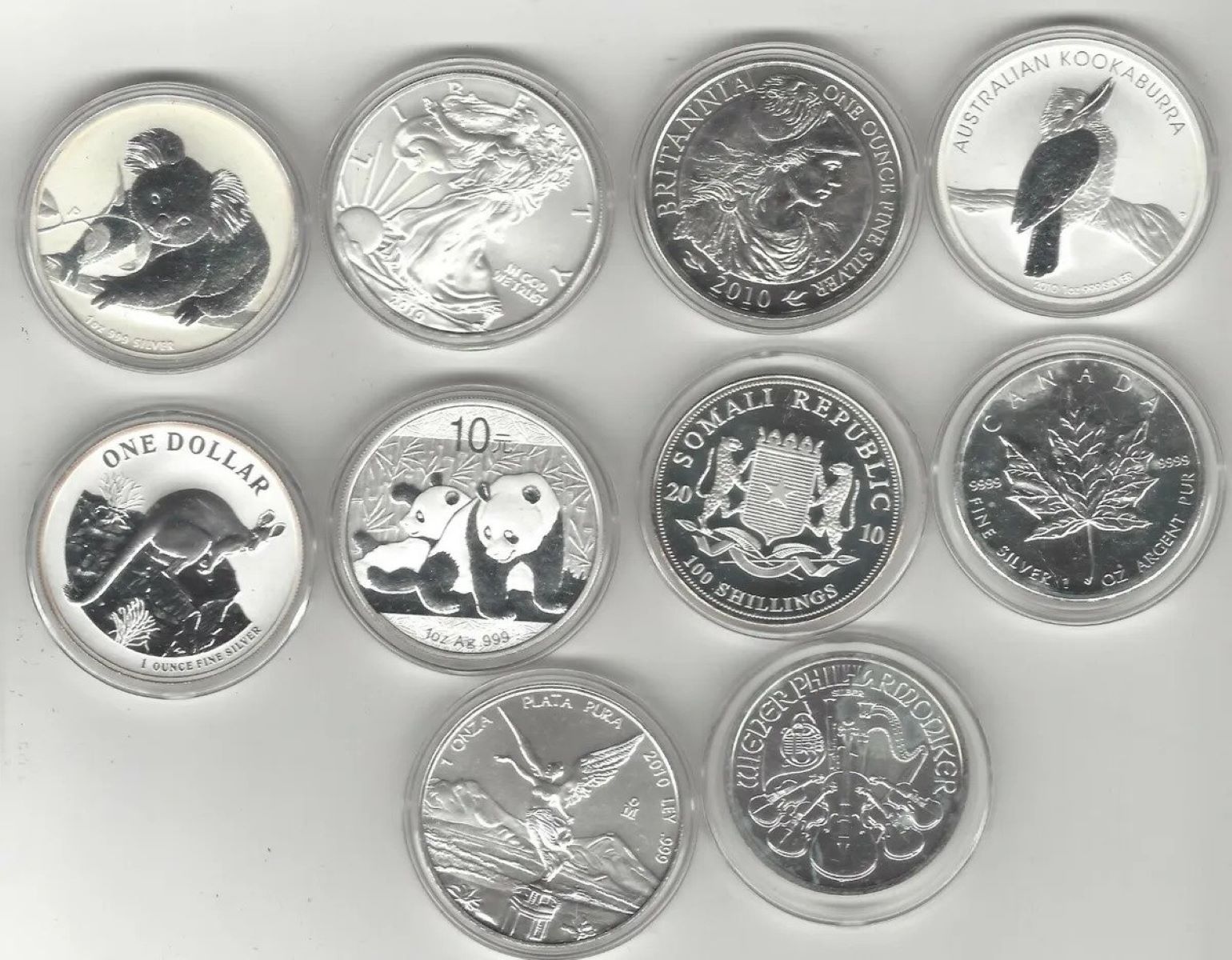

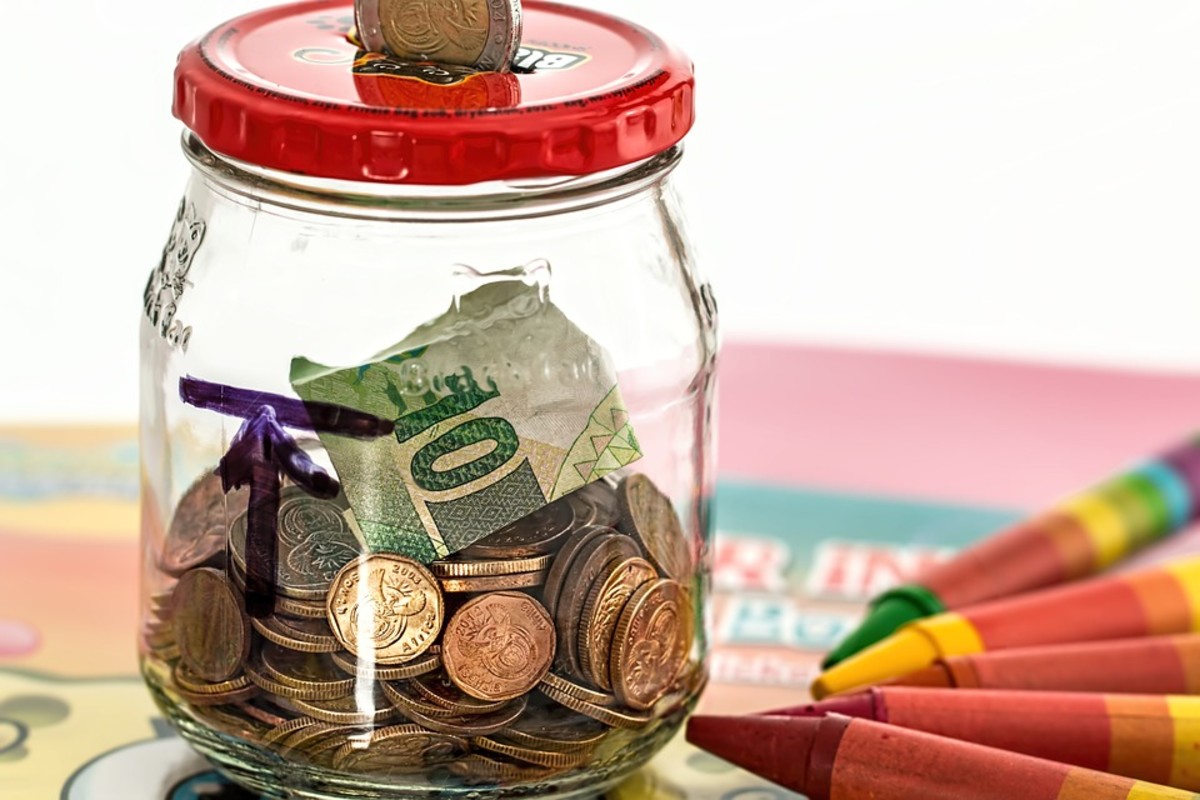

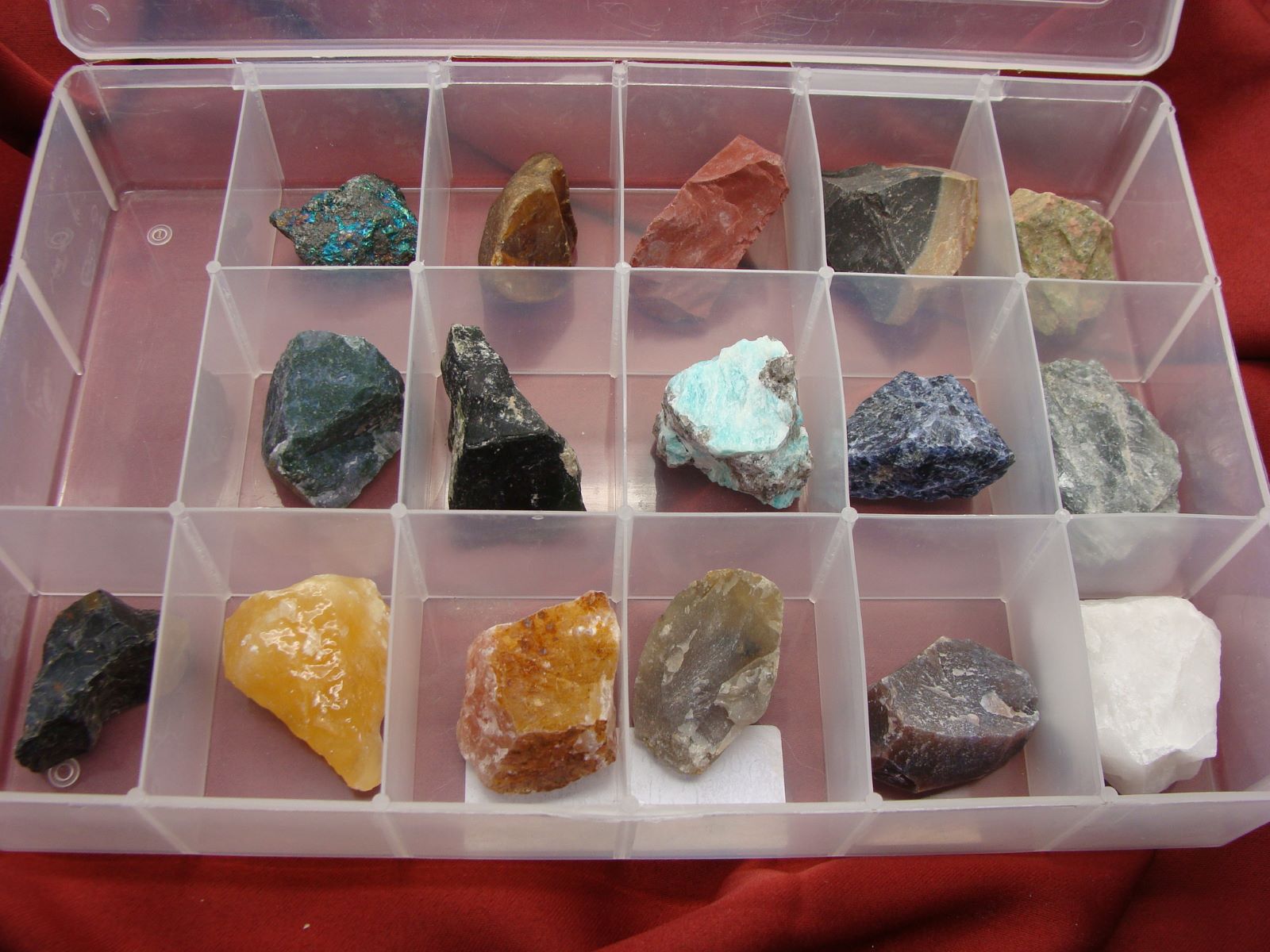
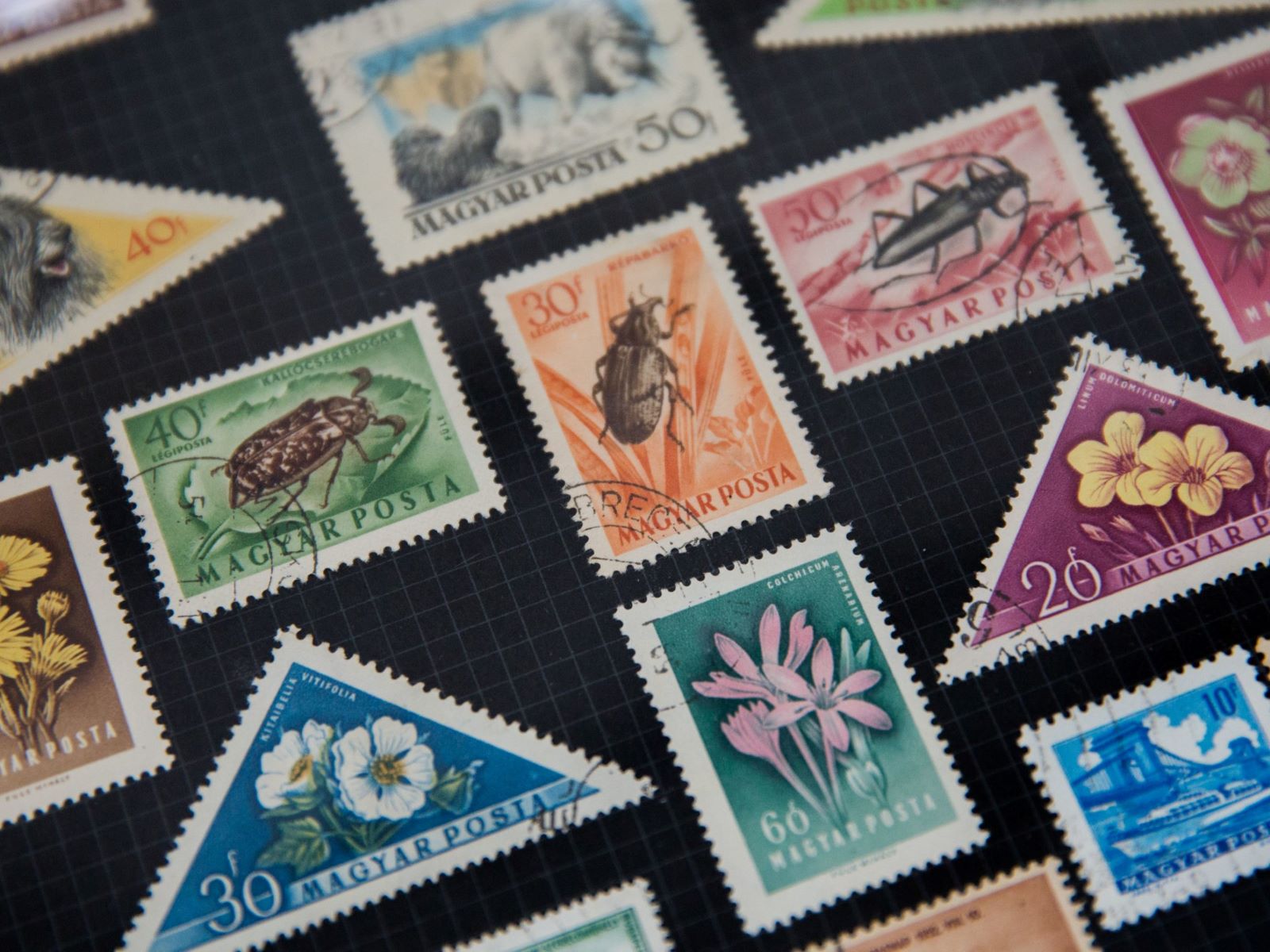
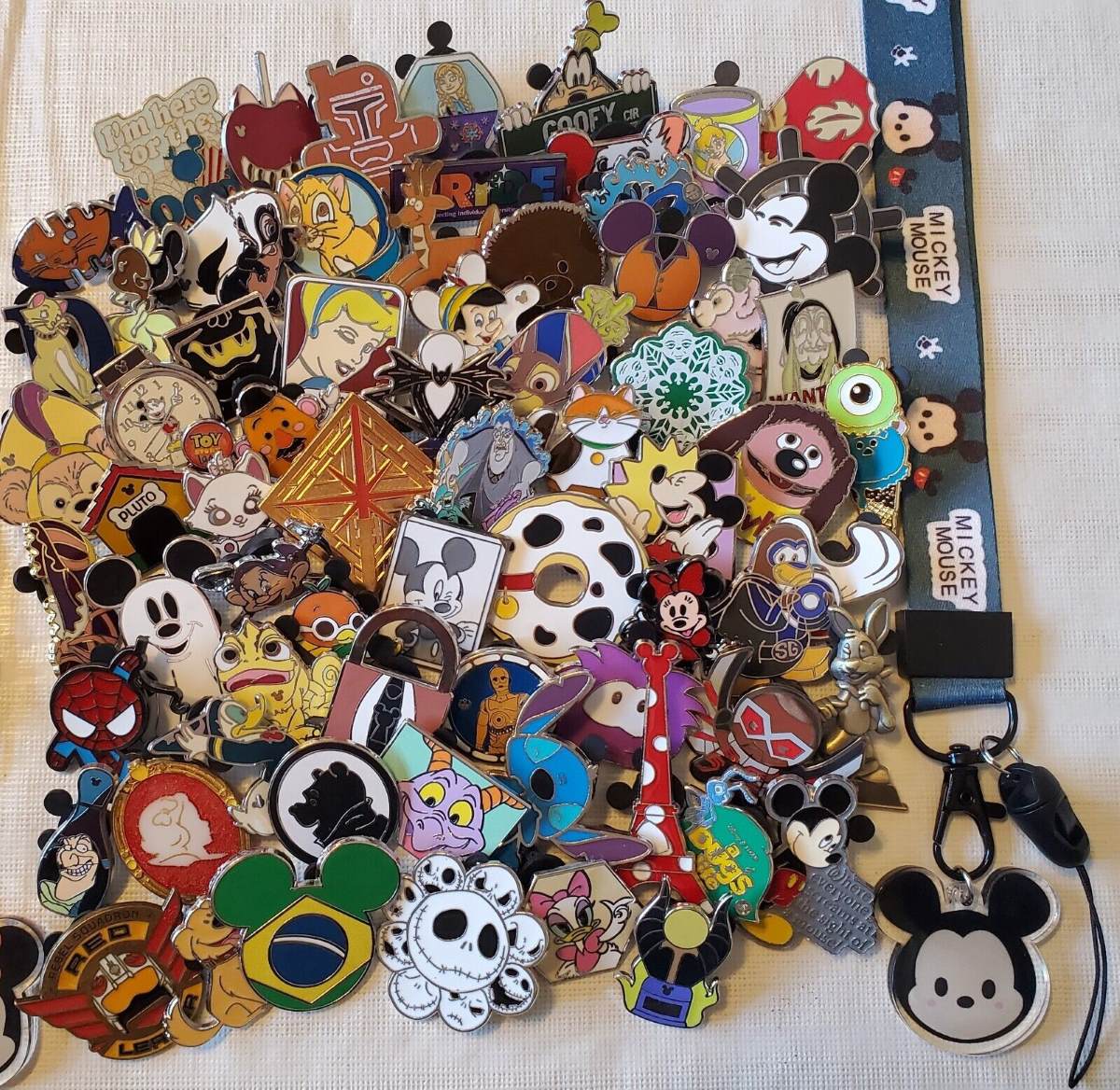

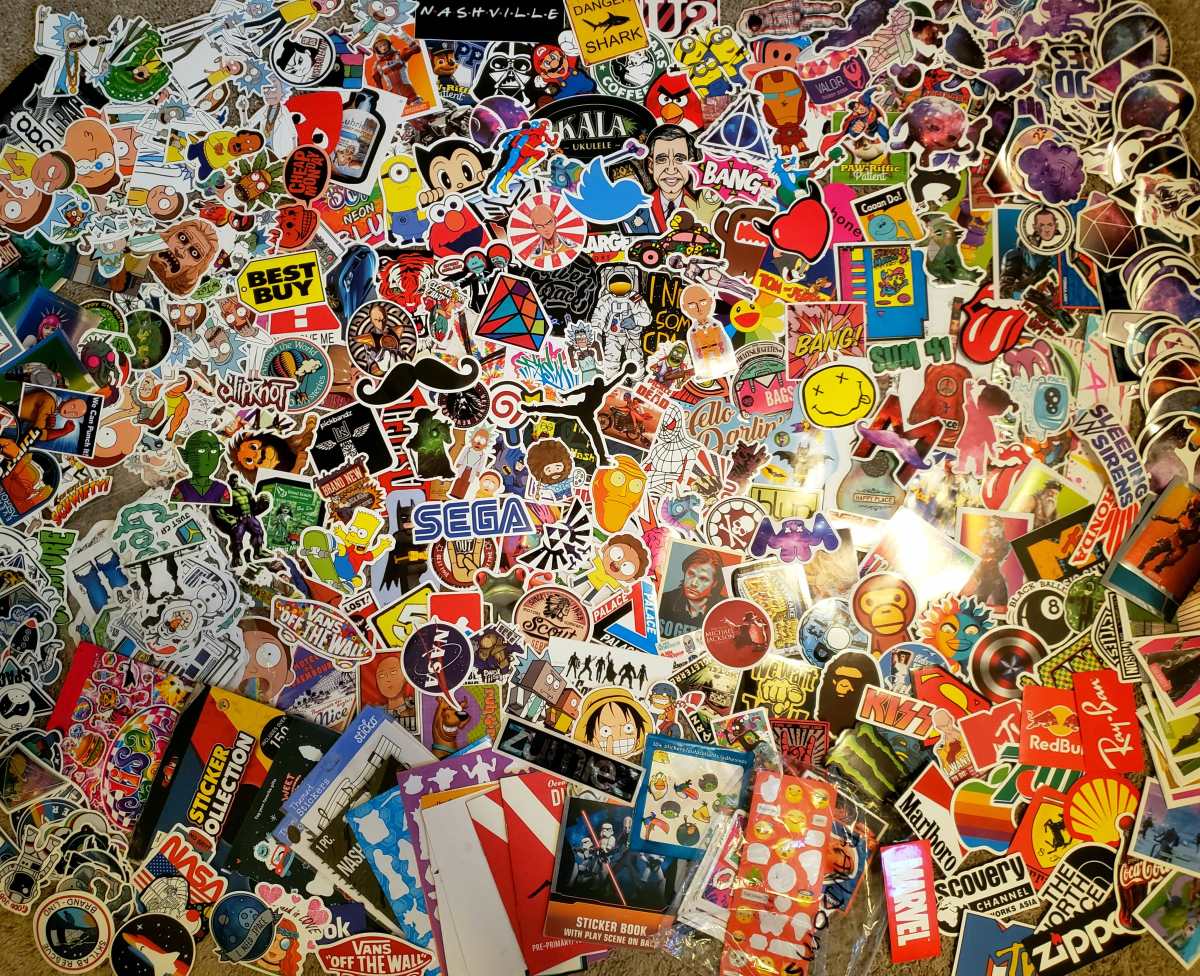
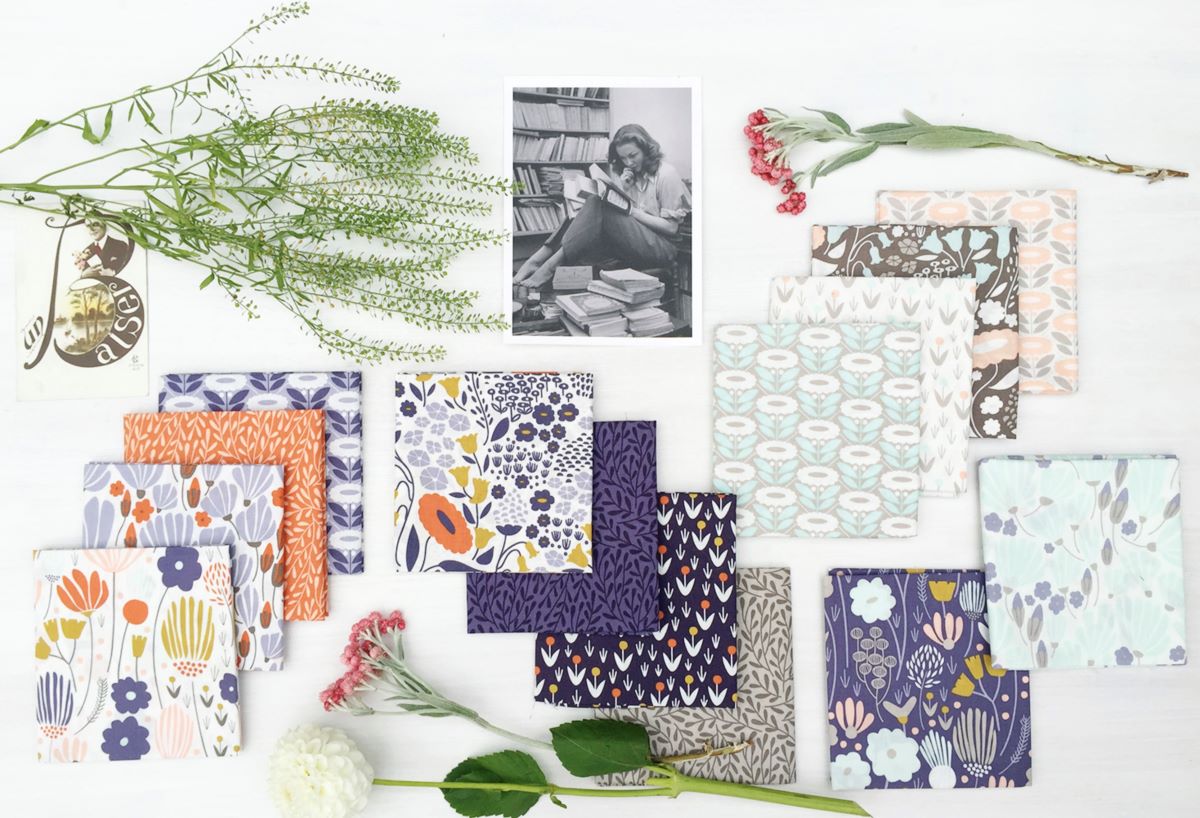
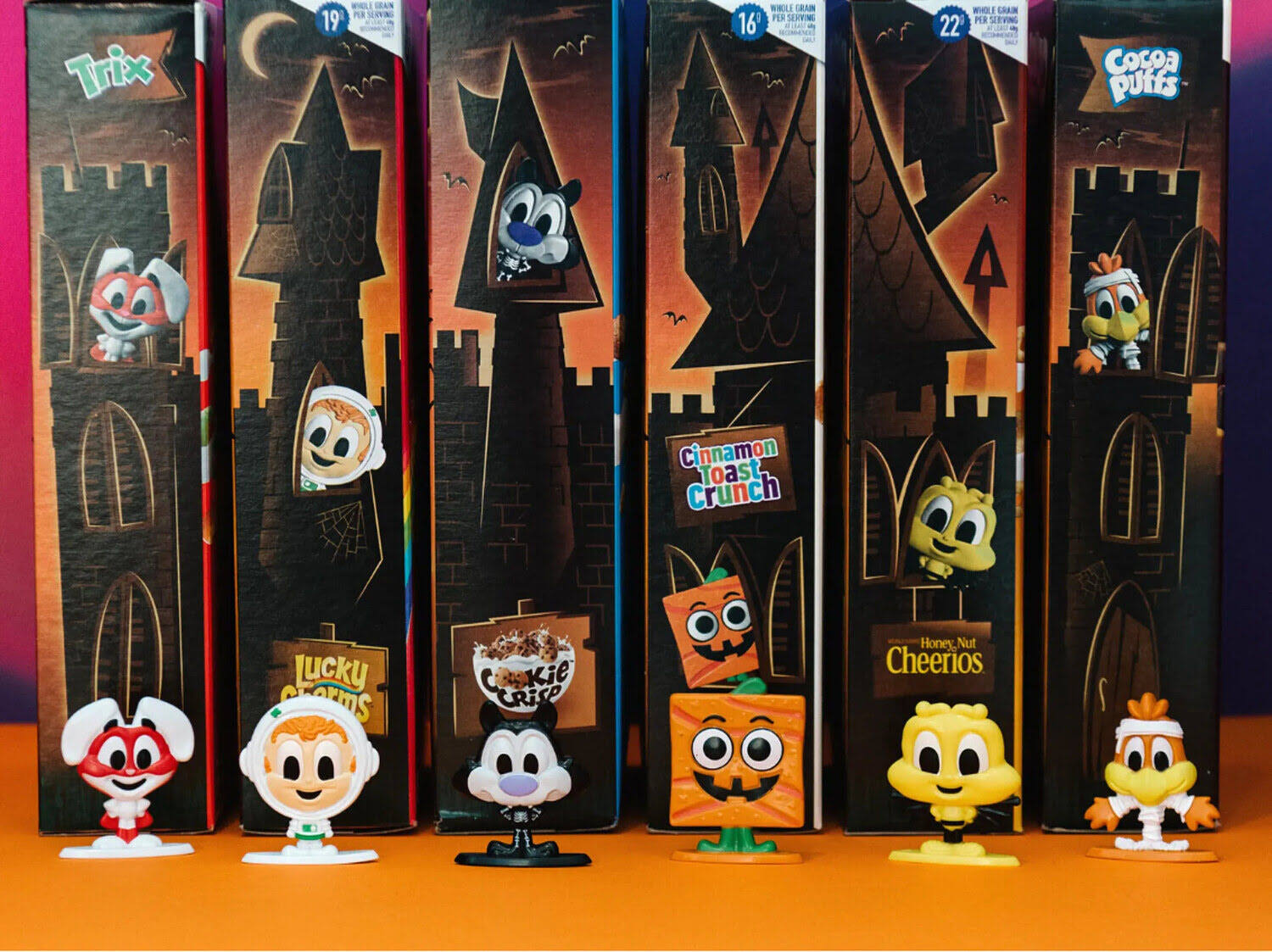
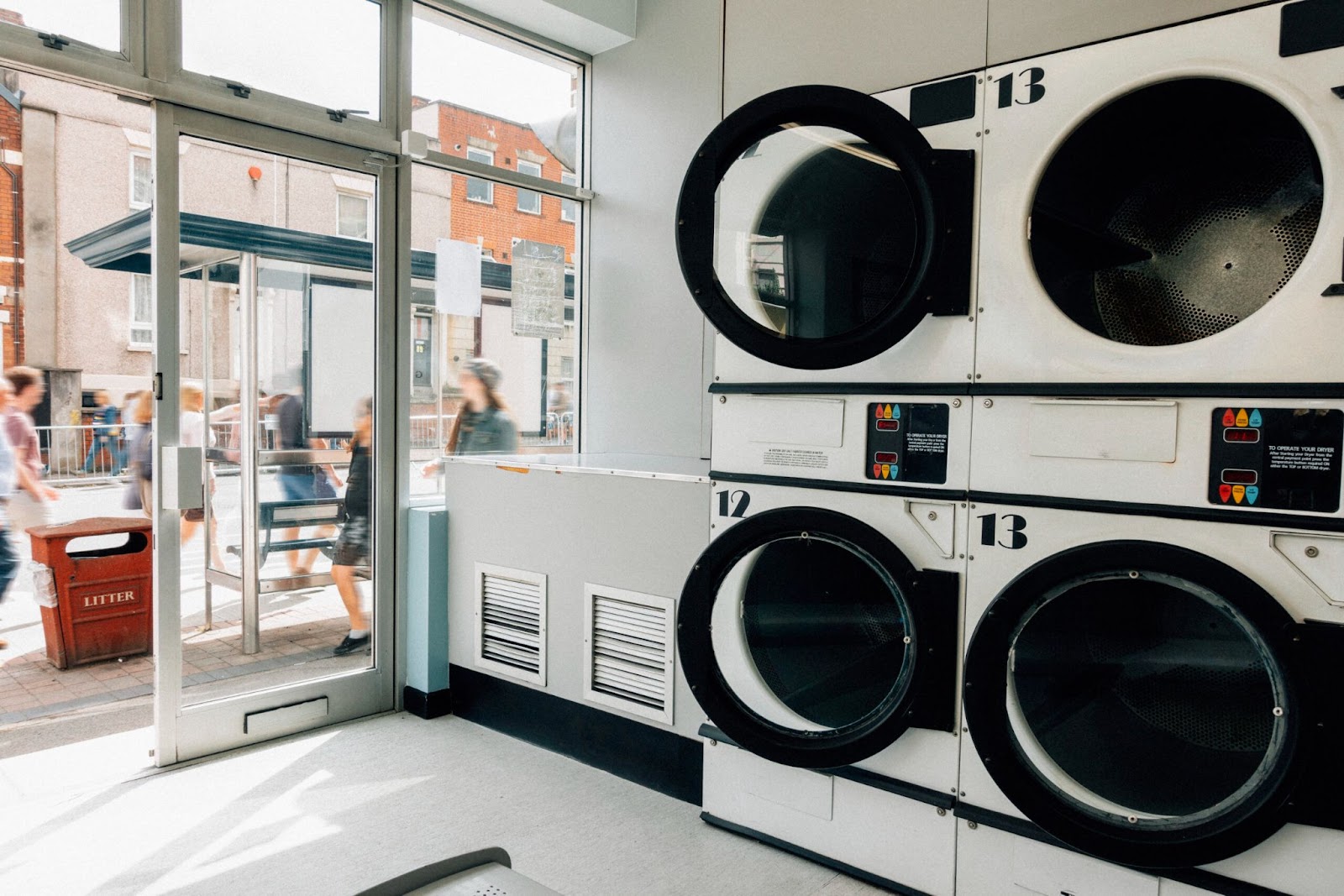

0 thoughts on “How To Store A Coin Collection”